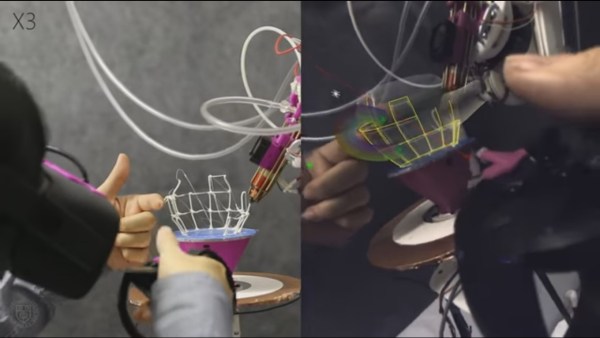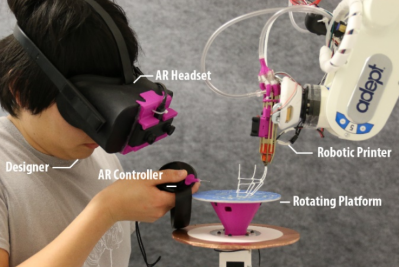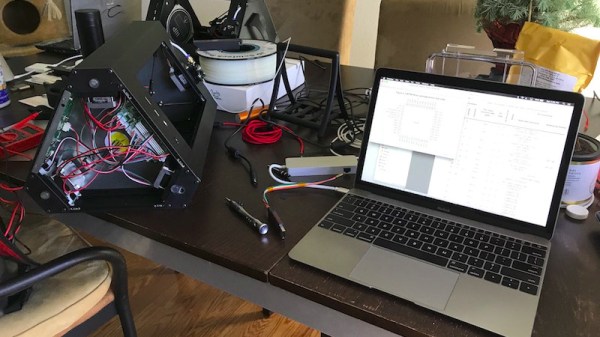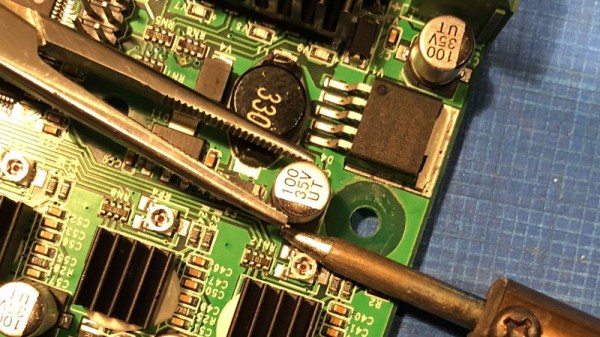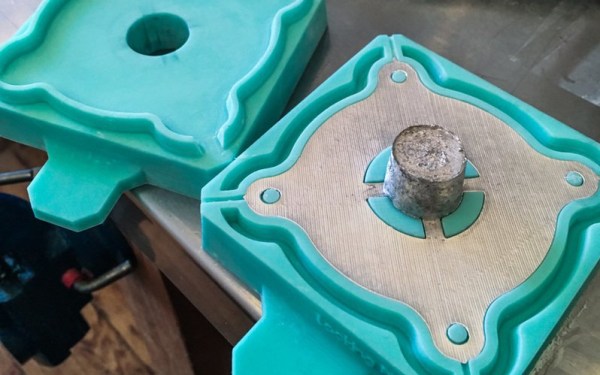You would be forgiven for thinking that 3D printing is only about plastic filament and UV-curing resin. In fact, there are dozens of technologies that can be used to create 3D printed parts, ranging from welders mounted to CNC machines to the very careful application of inkjet cartridges. For this year’s Hackaday Prize, [Yvo de Haas] is modifying inkjet technology to create 3D objects. If he gets this working with off-the-shelf parts, this will be one of the most interesting advances for 3D printing in recent memory.
The core of this build is a modification of HP45 inkjet print heads to squirt something other than overpriced ink. To turn this into a 3D printer, [Yvo] is filling these ink cartridges with water or alcohol. This is then printed on a bed of powder, either gypsum, sugar, sand, or ceramic, with each layer printed, then covered with a fine layer of powder. All of this is built around a 3D printer with an X/Y axis gantry, a piston to lower the print volume, and a roller to draw more powder over the print.
The hardest part of this build is controlling the inkjet cartridge itself, but there’s prior work that makes this job easier. [Yvo] is successfully printing on paper with the HP45 cartridges, managing to spit out 150 x 150 pixel images, just by running the cartridge over a piece of paper. Already that’s exceptionally cool, great for graffiti, and something we can’t wait to see in a real, working printer.
You can check out [Yvo]’s handheld printing efforts below.
Continue reading “Repurposing Inkjet Technology For 3D Printing”


